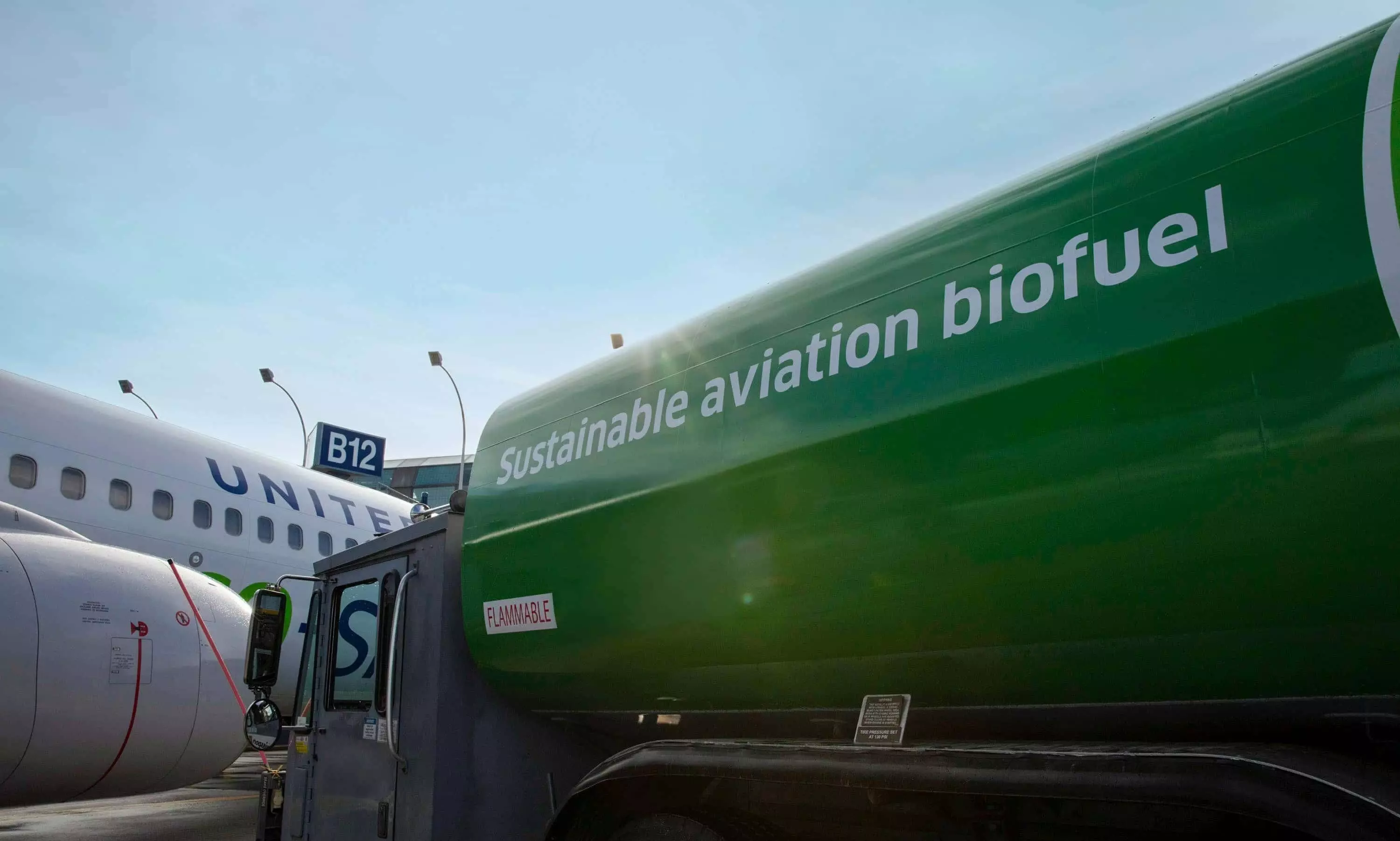
IATA releases enhanced policy and finance net zero roadmaps
To reach net zero by 2050, annual average capex needed to build facilities over 30-year period is about $128bn per year.

The International Air Transport Association (IATA) released updated policy and finance net zero roadmaps, containing expanded and deepened analyses, bringing into focus four key conclusions:
*The air transport industry’s energy transition is feasible on the 2050 horizon.
*The amounts of investments needed to make that possible are comparable to those engaged in previous creations of new renewable energy markets.
*Success in the transition depends critically upon policymakers’ unity of purpose; and
*The time left for joining forces in air transportation’s energy transition is shrinking by the minute. Every action delayed is an opportunity missed.
The Policy roadmap emphasises the importance of strategic policy sequencing and addresses the need for global collaboration, including beyond the aviation sector, says an official release. "The recommendations recognise that there is no one-size-fits-all solution, and policies must ensure that all countries can participate in the future global sustainable aviation fuel (SAF) market.
Highlights include:
*Immediate action is needed to unlock the carbon offsetting and reduction scheme for international aviation (CORSIA) eligible emissions units (EEUs) and prioritising SAF in the product mix at refineries.
*Strategic policy sequencing, combining technology-push and demand-pull measures, will be critical. Moreover, governments must foster global, liquid and transparent markets for cleaner aviation energy.
*Transformative collaboration between governments, the aviation sector and across all sectors to remove existing barriers and promote investment in new technologies, SAF and infrastructure. This recognises that air transport’s decarbonisation is part of the broader global energy transition.
"The creation of a global SAF accounting framework is also essential to ensure transparency and prevent double counting of SAF’s environmental benefits. Addressing the current fragmentation in certification processes for SAF and carbon offsets should be part of that endeavour as well."
Willie Walsh, Director General, IATA says: "The updated IATA policy and finance net zero roadmaps make it clear that decarbonisation by 2050 is possible. They also sound a warning bell that, to achieve this, all stakeholders, particularly policymakers, must collaborate more broadly and act with greater urgency. To be successful, we need clear policy and financial frameworks that will support air transportation’s needs in a way that is realistic and coherent with the massive changes that must take place simultaneously in all economic sectors."
Lufthansa Cargo and Swiss WorldCargo announced addition of SAF costs into the calculator of airfreight surcharge due to regulatory environmental requirements.
Lufthasana Cargo said in a statement: "For departures from European Union (EU) countries, a mandatory SAF blending rate of initially two percent will apply from 2025. Countries outside the EU are also planning to introduce or have already introduced mandatory SAF blends.
"Significantly more use of SAF is only possible if its supply volumes and availability increase substantially as quickly as possible and the prices fall accordingly. Biogenic SAF is currently available in small quantities and 3-5 times more expensive than fossil fuel. A targeted policy strategy is needed to be able to meet the volumes for the blending rates and beyond."
Finance roadmap
Identifying the number of new biorefineries that need to be built and highlighting that their product output will benefit all industries’ energy transition should help focus minds and promote the unity of purpose among policymakers that is necessary for a successful transition, the release added.
"To reach net zero by 2050, the annual average capex needed to build the new facilities over the 30-year period is about $128 billion per year, in a best-case scenario, significantly less than the estimated total sum of investments in the solar and wind energy markets at $280 billion per annum between 2004 and 2022. Success would be facilitated by governments redirecting subsidies away from fossil fuels and toward renewable energy production, of which SAF is just one type of product."
Annual transition cost, meaning the cost that comes on top of that of jet fuel as a result of procuring SAF, hydrogen, and other key levers, is estimated at $1.4 billion in 2025, the release added. "In 2050, the transition cost could be as high as $744 billion, based on IATA’s analysis. These numbers highlight the need for speed and scale in bringing solutions to market so that net zero CO2 emissions can be achieved."
Marie Owens Thomsen, Senior Vice President, Sustainability and Chief Economist, IATA adds: "The costs and challenges associated with the energy transition are large but the opportunities are even greater. Countries have an opportunity to build new industries in agriculture and energy, and to benefit from the catalytic growth impact of sustainable air transport. To realise the opportunities, we need all minds to unite in this mission, and all policymakers, multilateral organisations, investors, solution providers and the air transport industry to work together. Such transformative collaboration can pool resources and target meaningful action for greater impact. This is what is needed to deliver a sustainable air transport industry by 2050."




